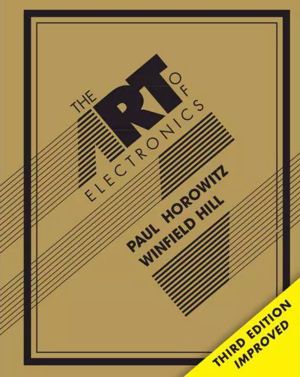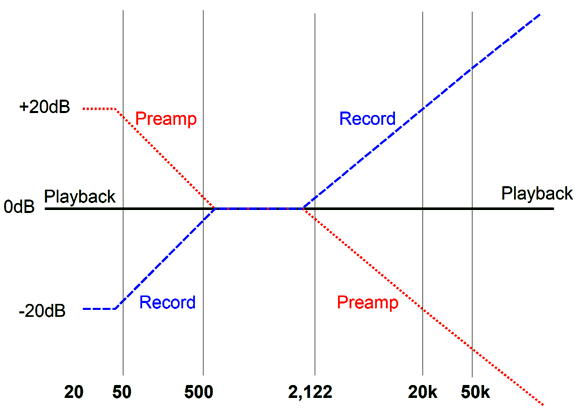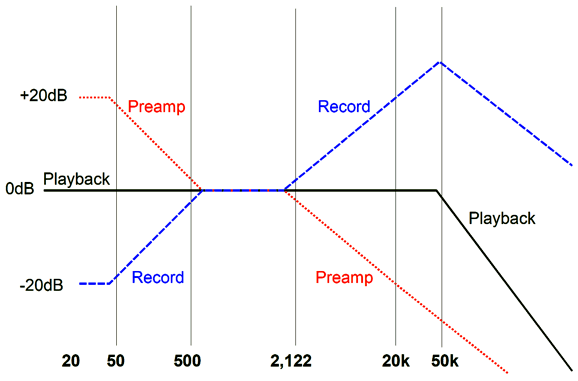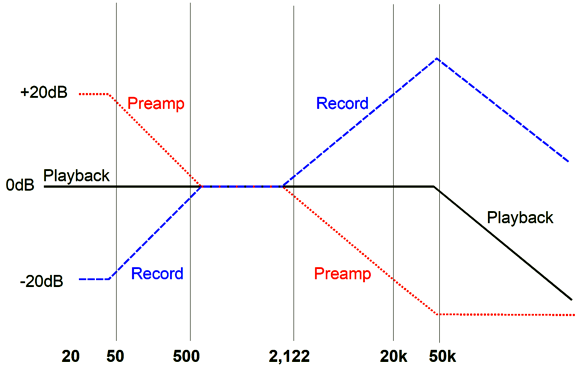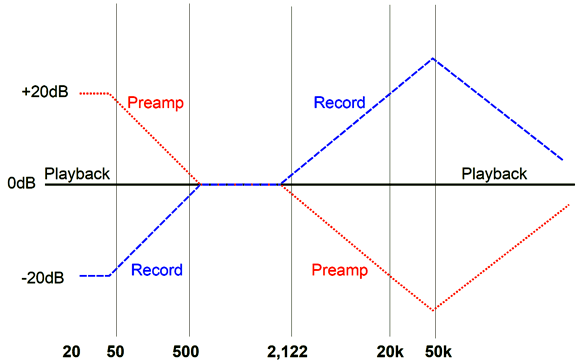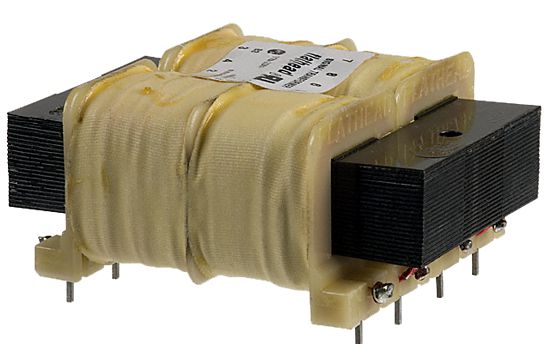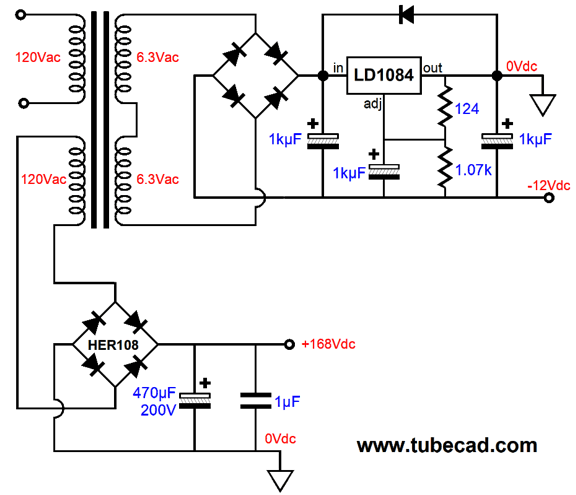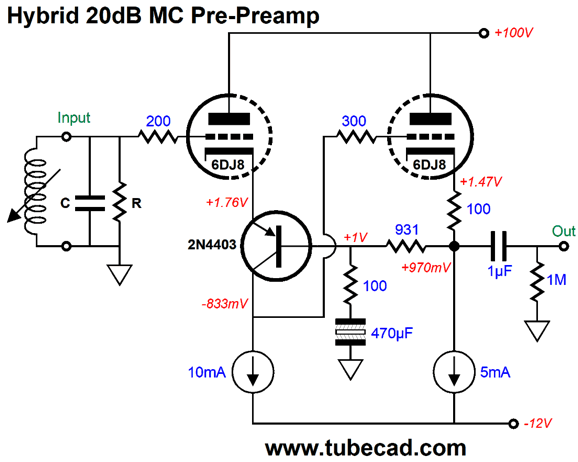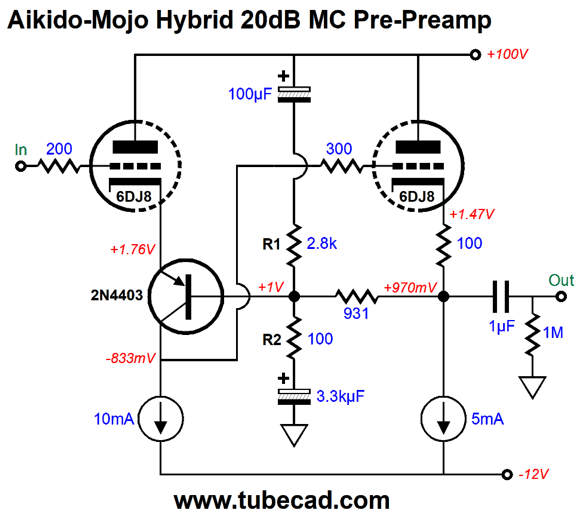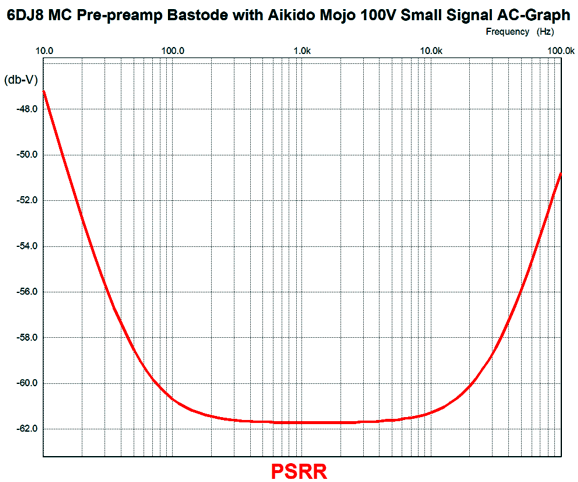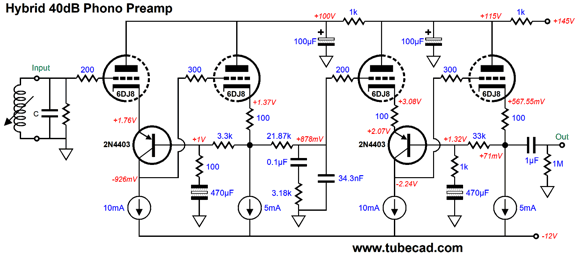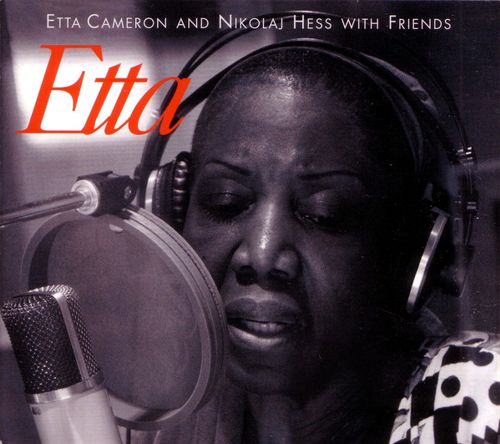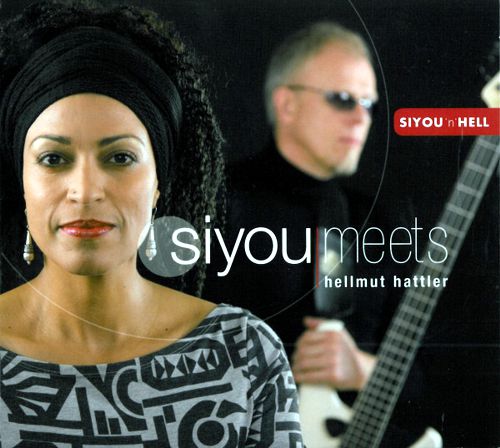| John Broskie's Guide to Tube Circuit Analysis & Design |
22 March 2020 Post Number 495
Self Quarantined When I walk past books, I feel the same attraction and temptation that a fat man feels at the sight of big bowl of MMs. The books beckon. I hear their siren call, while everyone else stares at his phone. I plan to reread some of my favorites, such as Joseph Conrad, Jose Ortega y Gasset, Kierkegaard, Schopenhauer and a few others. I also plan on writing. Rather than post one of my signature massive missives (my last post was over 5,000 words), I plan to post shorter posts more often. (Had I done this from the start, I would certainly be already past post number 1,000.) We will see if I can follow through with this plan. The reason I make such large posts is that actually putting the HTML together and uploading it is a pain, so I make one big post rather than three smaller ones. But during these trying times, we all need to make small sacrifices. Oddly, I will be listening to headphones mostly, not to my loudspeakers. Why not? My kids are also in self-quarantine and find my musical tastes too eclectic. I grew up listening to LPs, with relatively little tele—in my—vision. Surely, many of you have several projects that you want to complete, but were never granted the time to do so. I do. My backlog is great, which has now shifted from being a nagging regret to a desirable benefit. I love building. I mourn the loss of my table and radial-arm saws. I am not alone. Although most just want assembled stuff, some love to assemble, to modify, and to create. In fact, I pity the rich who rob themselves of the pleasures of working with their hands by hiring others. I also envy women, as they have five aisles in Walmart devoted to female hobbies, such as bead work, holiday crafts, and sewing; they can shop at JOANN Fabrics and Crafts and Michaels. In other words, I plan to build at least one electronic project soon. Just yesterday, I fixed an existing tube project that exhibited a slight hum in one channel. The hum was so faint that I had to strain to hear it at all, but it irked me nonetheless. Well, I found the cause and provided the remedy. As I survey my many built projects, I cannot see one that does not call out for some correction or modification. I wonder how many of us will use this time to learn new skills or fields of study? Many, I hope. I am tempted to learn a new language, say Italian or ancient Greek. Failing that, my yearly subscription to the Great Courses Plus offers me thousands of hours of hard-core educational videos.
If you desire to learn more about electronics in general, I highly recommend the electronics textbook, The Art of Electronics, by Paul Horowitz and Winfield Hill, which is a gloriously good electronics textbook. How so? It is actually readable. It holds fun "bomb" circuits, which shows paths not to take. It covers a huge array of electronic topics. The book's title includes the word "art," which betrays that this is not your average textbook. Be sure to get at least the second edition.
More Phono Preamps Of course, many audiophiles have, as they see it, moved on. They don't own a turntable and are happy with their digital music collection. Why should they care about phono preamps? The answer is similar to why those who drive boring family cars should, if not care about racing cars, be at least happy that such cars exist. Why? High-performance designs eventually trickle down to everyday designs. For example, not that long ago, disks brakes and seatbelts were only found in racing cars. Phono preamps are like racing cars in that they must deliver high performance. A good phono stage must deliver supremely low noise, produce low-distortion, and offer screaming gain. In other words, by learning the ins and outs of phono preamps we can better design current-to-voltage conversion stages for DACs, headphone amplifiers, line-stage amplifiers, microphone preamps… By the way, my last post prompted a reader's defense of adding the 3.18µS high-frequency flattening of the playback RIAA equalization curve. In my last post, I pointed out that when the record-cutting head reaches its high-frequency limit, the fall off would be at least 2nd order, so flattening the curve at 50kHz will prove insufficient, as a positive boost of 6dB per octave would be needed. Not so, claimed a reader. He argued that since the RIAA equalization recording equalization presented a high-frequency starting at 2122Hz at +6dB per octave all the way up to infinity, the boost would in fact obtain and the 2nd-order falloff at 50Hz would create flat high-frequency response. Who is right? Let's look at a graph.
This graph shows the ideal, wherein the both the recording and playback equalization curves and the LP and cutting head and phono cartridge exhibit bandwidth up to 212kHz. The two equalization curves cancel and flat frequency response obtains up to 212kHz. In the next graph, the assumption is that only the cutting head encounters the 5okHz drop-off at 12dB per octave, but since its input signal contained the limitless high-frequency boost at 6dB per octave, the LP ships with 1st-order low-pass filter at 50kHz.
As the RIAA equalization's high-frequency response fell off at -6dB per octave starting at 2122Hz and continues on to infinity, the 2nd-order low-pass filtering imposed by the cutting head's own high-frequency cutoff results in the LP holding a 1st-order low-pass filter, as 2nd-order minus 1st-order equals 1st order. The phono preamp continues its 2122hz low-pass filtering, so the playback through our power amplifier see's 2nd-order drop off at 50kHz. If we impose a 3.18µF time constant, the preamp's output flattens above 50kHz.
The signal the power amplifier sees now holds a 1st-order low-pass filter at 50kHz. So far, we all agree on the results I hope. The only way we could get flat frequency response from an LP out to 100kHz would be if the phono preamp didn't flat-line above 50kHz but actually boosted its output at +6dB per octave above 50kHz.
So, should this be our goal? I say no. There's nothing but noise above 50kHz. (Many LPs were pressed from recycled vinyl; I remember buying Jamaican import reggae LPs that you could see the old labels submerged in the plastic.) In addition, RFI-induced problems would grow even worse. But, John, high-resistance digital audio recordings that offer sampling rates of 96kHz and 192kHz sound better than those of just 44.1kHz. First, digital is not analog. While higher sampling rates do allow higher frequency bandwidth, they also allow softer low-pass filtering, which I am convinced is the bigger contributor to better sound.
Flat-Pack MC Phono Pre-Preamp
A moving-coil phono cartridge delivers a higher signal current but lower voltage than a conventional moving-magnet or variable-flux cartridge. A pre-preamp makes up for the MC cartridge's low output signal. A fairly standard amount of gain from such a pre-preamp is 10 or +20dB. The following design uses two 6DJ8 triodes and two constant-current sources.
The negative feedback loop formed by the 100-ohm and 931-ohm resistors sets the gain to +20dB. The odd-looking capacitor terminating the 10—ohm resistor is non-polarized electrolytic capacitor, which sound better than the polarized types. (In addition, this capacitor could and should be bypassed by a film capacitor.) Note that no internal coupling capacitor is used. If a well-regulated high-voltage power supply is used, this circuit is ready to go. On the other hand, we could dramatically improve the circuit's PSRR by adding some Aikido mojo.
The added capacitor and resistor inject a small portion of the power-supply noise into the PNP transistor transistor's base, which inverts its signal at the output, so the sampling of noise forces a power-supply-noise null at the output. Note that the ratio between the 2800-ohm and 100-ohm resistors roughly matches the 6DJ8's amplification factor (mu). This is a good starting point. (Effectively the 931-ohm resistor is in parallel with the 100-ohm resistor.) Here is an example: a 6SN7 has a mu of 20, so first try a 2k resistor in place of the 2940-ohm resistor. Without the Aikido mojo, the PSRR is -9dB; with it, below -60dB.
Note the huge 3,3kµF capacitor terminating the feedback 100-ohm resistor. It must be this large to push the PSRR null down far enough in frequency to cover the critical 100Hz to 120Hz. In SPICE simulations, the THD was below 0.01%. The input triode is run hard, 10mA, while the output triode sees only a 5mA idle current. Why? The higher current increases the input triode's transconductance, which results in less noise.
Hybrid 40dB Phono Preamp
Note that no coupling capacitor is used between gain stages. Also note that a 21.87k resistor is used in the passive equalization network. This is awkward, as they do not make a 21.87k resistor, the closest 1% value being 22.1k. The workaround is to place a 43.2k and 44.3k resistors in parallel. To avoid clutter, I left out the Aikido-mojo capacitors and resistors. If used, scale the resistor value by tenfold and decrease the capacitor by tenfold.
Music Recommendation: Amazingly Graceful Singers
Discogs.com lists 26 albums for her and Tidal offers at least seven of her albums (with Tidal, you can never sure that you have found all the albums), which include one album where she sings in Danish. The album that got my attention and liking was Etta. Give her cover of the standard gospel song, Motherless Child, which she effectively sings a cappella, as her only musical accompaniment is percussion instruments, such as bells and gong. The rest of the songs are arranged in a more conventional jazz setup, but with some extra surprises thrown in, such as the first track, What a Wonderful World, which includes a finger harp. Siyou Isabelle Ngnoubamdjum usually goes by just her first name, which is pronounced "see you." German Wikipedia informs us that,
Tidal offers four of her albums, but not under her name alone; instead, search for "Siyou, Joe Fessele" and "Siyou'n'Hell." The latter is the name of the duet of her and the German bass player, Hellmut Hattler. Get the joke? See you in hell. I would start with the album, Siyou Meets Hellmut Hattler. This live recording delivers goosebumps, as she can sing and he can strum.
//JRB
User Guides for GlassWare Software
For those of you who still have old computers running Windows XP (32-bit) or any other Windows 32-bit OS, I have setup the download availability of my old old standards: Tube CAD, SE Amp CAD, and Audio Gadgets. The downloads are at the GlassWare-Yahoo store and the price is only $9.95 for each program. http://glass-ware.stores.yahoo.net/adsoffromgla.html So many have asked that I had to do it. WARNING: THESE THREE PROGRAMS WILL NOT RUN UNDER VISTA 64-Bit or WINDOWS 7 & 8 or any other 64-bit OS. I do plan on remaking all of these programs into 64-bit versions, but it will be a huge ordeal, as programming requires vast chunks of noise-free time, something very rare with children running about. Ideally, I would love to come out with versions that run on iPads and Android-OS tablets.
|
I know that some readers wish to avoid Patreon, so here is a PayPal donate button instead. Thanks. John Broskie
John Gives
Special Thanks to the Special 83
I am truly stunned and appreciative of their support. In addition I want to thank the following patrons:
All of your support makes a big difference. I would love to arrive at the point where creating my posts was my top priority of the day, not something that I have to steal time from other obligations to do. The more support I get, the higher up these posts move up in deserving attention. If you have been reading my posts, you know that my lifetime goal is reaching post number one thousand. I have 505 more to go. My second goal is to gather 100 patrons. I have 17 patrons to go. Help me get there.
Only $9.95 The Tube CAD Journal's first companion program, TCJ Filter Design lets you design a filter or crossover (passive, OpAmp or tube) without having to check out thick textbooks from the library and without having to breakout the scientific calculator. This program's goal is to provide a quick and easy display not only of the frequency response, but also of the resistor and capacitor values for a passive and active filters and crossovers. TCJ Filter Design is easy to use, but not lightweight, holding over 60 different filter topologies and up to four filter alignments: While the program's main concern is active filters, solid-state and tube, it also does passive filters. In fact, it can be used to calculate passive crossovers for use with speakers by entering 8 ohms as the terminating resistance. Click on the image below to see the full screen capture. Tube crossovers are a major part of this program; both buffered and un-buffered tube based filters along with mono-polar and bipolar power supply topologies are covered. Available on a CD-ROM and a downloadable version (4 Megabytes). Download or CD ROM
|
|||
| www.tubecad.com Copyright © 1999-2020 GlassWare All Rights Reserved |

